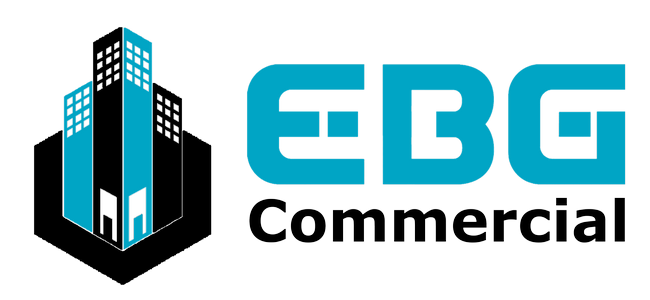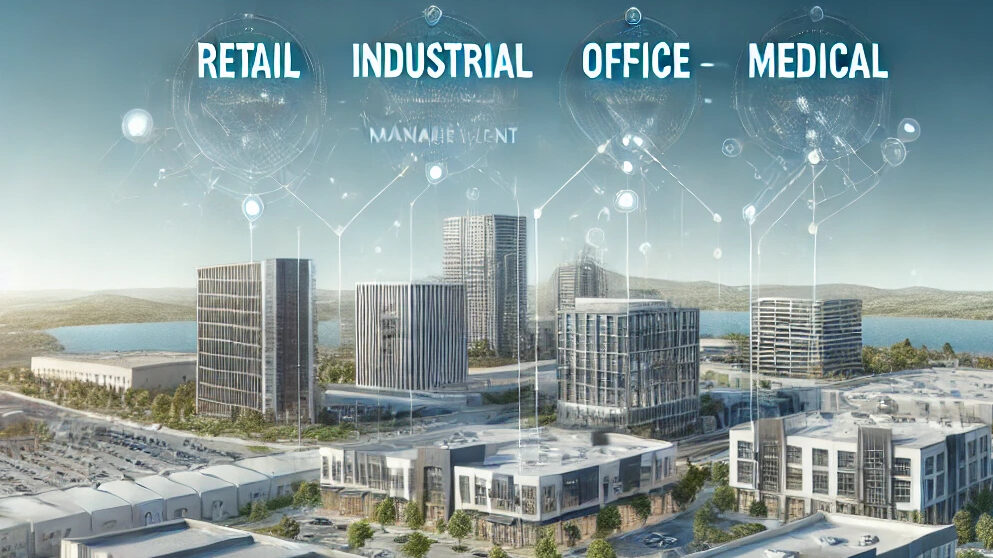Your Shopping Center’s ‘For Lease’ Sign Is Scaring Away Good Tenants
Why traditional retail leasing methods are failing in today’s DFW market
Here’s a hard truth about retail leasing in DFW: if you’re still using traditional methods to find tenants, you’re probably attracting the wrong ones – or worse, no tenants at all. After two decades of retail leasing across Dallas-Fort Worth, I’ve seen how outdated leasing approaches can actually damage a shopping center’s value.
The Hidden Crisis in Retail Leasing
Think about your current vacancy. Are you:
- Relying solely on “For Lease” signs?
- Waiting for broker calls?
- Taking any tenant who can pay rent?
- Ignoring tenant mix strategy?
- Missing market opportunities?
If any of these sound familiar, you’re not just losing money – you’re actively reducing your property’s value.
Why Traditional Leasing Fails Today
The DFW retail market has evolved dramatically. Success requires:
- Strategic Tenant Targeting:
- Market analysis
- Demographics understanding
- Competition mapping
- Tenant mix planning
- Value creation focus
- Modern Marketing:
- Digital presence
- Target audience research
- Professional materials
- Multiple channels
- Strong positioning
- Professional Screening:
- Financial analysis
- Business model review
- Track record evaluation
- Reference checks
- Future potential assessment
The Real Cost of Poor Leasing
Bad leasing decisions affect more than just vacancy:
- Decreased property value
- Lower quality tenant prospects
- Reduced rental rates
- Higher turnover
- Negative tenant mix impact
- Lost market positioning
What Modern Retail Leasing Looks Like
Today’s successful retail properties require:
- Strategic Planning:
- Clear property positioning
- Target tenant profiles
- Market rate analysis
- Competition review
- Growth planning
- Professional Marketing:
- Quality materials
- Multiple channels
- Target audience focus
- Strong messaging
- Consistent branding
- Value Creation:
- Tenant mix optimization
- Synergy development
- Revenue enhancement
- Cost management
- Asset appreciation
Real Results in DFW’s Market
Let me share a recent example: A shopping center in North Dallas was struggling with 40% vacancy using traditional leasing methods. After implementing our modern approach:
- Vacancy dropped to 5% in 6 months
- Rental rates increased 15%
- Tenant quality improved significantly
- Property value increased 25%
- Tenant mix strengthened
Why Local Expertise Matters
The DFW retail market has unique characteristics that require specialized knowledge:
- Market Dynamics:
- Submarket differences
- Growth patterns
- Competition clusters
- Development trends
- Consumer behaviors
- Tenant Expectations:
- Space requirements
- Build-out needs
- Term preferences
- Rate sensitivity
- Market knowledge
- Location Factors:
- Traffic patterns
- Demographics
- Competition
- Access points
- Visibility
Building Long-term Success
Modern retail leasing requires:
- Strategic Approach:
- Clear objectives
- Target tenant profiles
- Marketing plan
- Negotiation strategy
- Long-term vision
- Professional Execution:
- Quality marketing
- Tenant screening
- Lease negotiation
- Documentation
- Follow-through
- Value Optimization:
- Rate maximization
- Term structure
- Tenant mix
- Growth potential
- Asset enhancement
The Bottom Line
Your shopping center is too valuable to lease with outdated methods. In today’s competitive DFW market, professional retail leasing isn’t just about filling space – it’s about creating value through strategic tenant selection and placement.
The question isn’t whether you need to update your leasing approach – it’s how much value you’re willing to lose before you make the change.
Share Your Experience: What leasing challenges are you facing with your retail property? How has it affected your shopping center’s performance? Share your thoughts in the comments below – your insights could help other owners improve their leasing strategy.
#RetailNavigator #DFWRealEstate #RetailLeasing
Free Rent, TI Budget or Lower Rent: What’s Best for You as a Retail Center Owner and Why
When managing a retail center, the strategic use of leasing incentives like free rent, tenant improvement (TI) allowances, and reduced rent can significantly influence the attractiveness of your property to potential tenants and impact the overall profitability. At EBG Commercial Management, we understand the delicate balance required to choose the right incentives that not only attract quality tenants but also enhance the value of the property. Each of these incentives serves a specific purpose and can be the best choice under different circumstances, depending on your goals as a property owner and the market dynamics.
Free Rent offers are typically used as an incentive to attract tenants in a competitive market or to fill vacancies quickly. By offering a period of free rent, you provide tenants with the opportunity to invest their initial capital into their business rather than towards occupancy costs. This can be particularly appealing to new businesses or those looking to expand without immediate heavy financial burdens. The key advantage of providing free rent is the potential to secure long-term leases from tenants who might otherwise be hesitant due to startup costs. However, this strategy means that you will forego immediate rental income, which should be weighed against the potential for higher occupancy rates and stable long-term tenants.
Tenant Improvement (TI) Allowances involve providing a budget for tenants to customize or upgrade their leased spaces according to their specific needs. This type of incentive is effective in attracting tenants who seek a space tailored to their business but lack the upfront capital to make such improvements on their own. TI allowances can lead to increased tenant satisfaction and loyalty, reducing turnover rates in the long run. From a property owner’s perspective, investing in TI can also increase the property’s overall value and make it more competitive in the market. However, it requires upfront capital and careful management to ensure that improvements are cost-effective and add value to the property.
Lower Rent strategies can be attractive in areas where price sensitivity is high or in economic conditions that favor tenants. Offering rent at a rate slightly below market can draw in tenants quickly and fill vacancies faster than competing properties. This strategy can be particularly effective in maintaining cash flow during economic downturns or in newly developed areas where establishing a tenant base is critical. The downside is the potential reduction in revenue per square foot, which might affect the overall valuation of the property.
Choosing the right strategy involves a thorough analysis of the local market, the specific characteristics of the property, and the financial goals of the property owner. At EBG Commercial Management, we use a data-driven approach to evaluate the benefits and drawbacks of each incentive strategy within the context of current market conditions and our clients’ objectives. We also consider the potential return on investment over the life of the lease and the impact of these incentives on tenant relations and property value.
Our experience has shown that a combination of these strategies, tailored to the unique circumstances of each property and its competitive landscape, often yields the best results. By carefully selecting and managing these incentives, retail property owners can enhance their property’s appeal, optimize financial returns, and build a strong, loyal tenant base.
For retail center owners looking to navigate the complexities of property management and leasing incentives, partnering with a seasoned firm like EBG Commercial Management can provide the expertise and strategic insight necessary to make informed decisions that align with both short-term needs and long-term goals. Visit our website to learn more about how we can help you maximize the profitability and operational efficiency of your retail assets.

